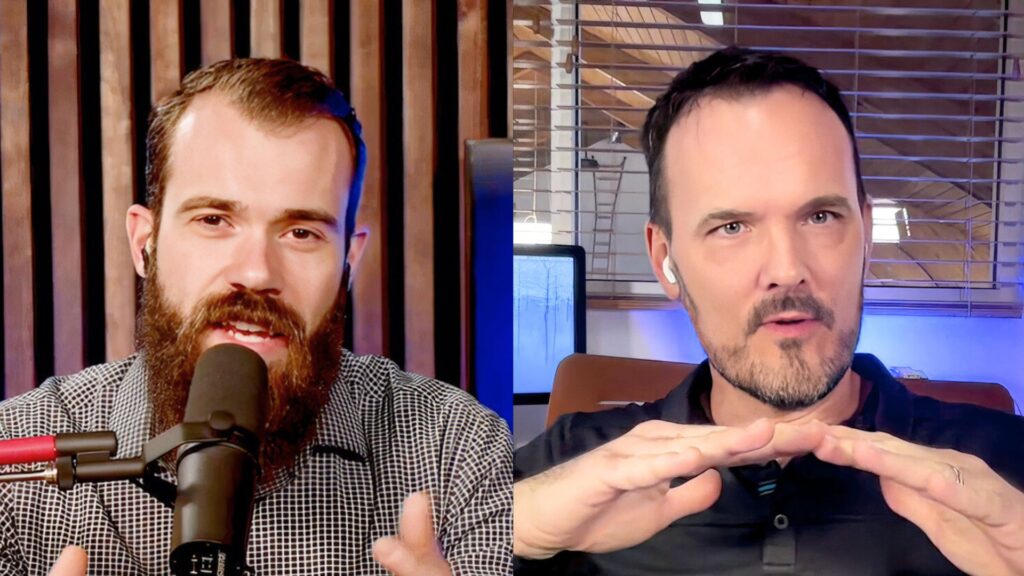The question plagues pastors and church leaders continually. It can be incredibly difficult to determine where to focus their mission efforts. And there is often a dichotomy—a false dichotomy—in our approach.
A divide exists within much missions conversation and work today based on the perceived value of working among reached peoples versus working among unreached peoples. Some churches decide to focus primarily on reached areas. Others focus on unreached. And some attempt to do both. Regardless of where one lands on this spectrum of thought, Scripture must always guide our thinking in matters of global missions strategy.
One Mission, Two Contexts
A good starting point for developing a strategy is a recognition that the primary command of the Great Commission is to “make disciples.” The church has one mission—make disciples of all nations. Other things we might do are good, but they are not the mission.
That mission inevitably plays out in two different contexts that, within the missions world, we’ve labeled reached and unreached. Throughout the world, there are many places where the church already exists (reached context). Yet there are still peoples and places where the church does not yet exist (unreached context). Each requires a unique strategic approach.
Reached Contexts
In reached contexts, the primary role of the local church is to come alongside and work with and through the local churches that already exist. One of the apostle Paul’s regular practices recorded in the book of Acts was to revisit areas with newly established churches and spend concentrated time “strengthening” the churches and encouraging the souls of the disciples (Acts 14:22). He understood that his role in those settings was to help strengthen and equip the local church in the work they were doing.
The need for that sort of work remains today—to come alongside, invest in, and work with and through existing local churches. A few ways that US churches might help strengthen other local churches in such contexts might be through pastoral training, evangelism, marriage and parenting conferences, disaster relief, orphan care, poverty alleviation, and a variety of other ministry endeavors.
Unreached Contexts
Though Paul clearly involved himself in reached contexts during his personal ministry, he gave priority to unreached contexts. In his letter to the church in Rome, Paul declared, “My aim is to evangelize where Christ has not been named, so that I will not build on someone else’s foundation” (Rom. 15:20, HCSB). Paul’s desire was to preach the gospel where the church did not yet exist.
In a world with more than 3,200 unreached/unengaged people groups, it is imperative that local churches take responsibility for establishing the church where it does not yet exist. That is the biblical model demonstrated by Paul and highlighted in Romans 15, and the implications for this strategy in the world today are overwhelming.
Any strategy that includes establishing the church among unreached peoples is risky and comes at a great cost. Yet, any missions strategy that does not include pioneer church planting among unreached peoples fails to adequately respond to the command of Christ to make disciples of all nations. Work among the unreached means costly risk as a daily reality.
Daniel Sinclair in his book, A Vision of the Possible, notes the priority of church planting among the unreached. Sinclair writes,
By pioneer work, we mean going, like Paul, to where Christ is not “already named” (Romans 15:20). Indeed, this book [Romans] emphasizes the work of the gospel among those who are unresponsive, resistant, or even hostile. We speak of apostolic efforts among populations who for centuries have blocked Christ’s saving message from gaining any meaningful foothold. This usually means special struggles and persecution for those who do believe, exceptional obstacles to gathering believers, and unique hardship and sacrifices for the workers who go in and labor, laying down their lives–figuratively and sometimes literally–in order that Christ might be formed in the new churches . . . In any case, the love of Christ compels us to go.
The work among unreached peoples necessarily looks different than work among the reached. There is no strengthening of existing churches among them because there are no existing churches. There is evangelism to do. There are relationships to build for the sake of the gospel among people who are likely resistant—often vehemently and violently so—to the gospel. And there is trust in the strength of the Spirit to carry out a task that is impossible alone. But this must be part of our strategy if we are to fully engage in the Great Commission.
The State of the Church Determines the Strategy
The mission to make disciples is unchanging, but the strategy differs according to context. Pastors and church leaders must resist the temptation to create a false dichotomy between work in reached vs. unreached contexts. Work in both contexts is vital for the accomplishment of the Great Commission.
The key to remember in all of this is that the state of the church in each context ultimately determines the specific strategy on the ground. In reached contexts, churches are to come alongside and help strengthen the church. In unreached contexts, churches are to help plant and establish the church where it does not yet exist.
May the Holy Spirit help churches do this well to the glory of God in all nations.
This article originally appeared on IMB. Used with permission.




